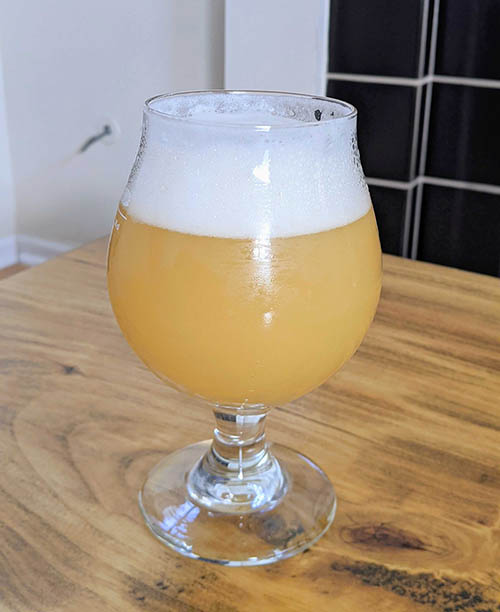HopsAreGood
Well-Known Member
I also used hornindal a lot last year along with Voss and Stranda (hothead) I tried significantly under pitching a couple times and also pitching in the whole pack. I will say that under pitching will definitely give you more of the esters especially if you ferment it on the hot side. There were a couple times that I used Hornindal and got some really aggressive sulfur/rotten egg kind of smells. It disappeared a few times in the final beer but there was also a couple times where it translated into the final beer and I really didn’t care for it. I’m not sure what led to that but I’ve seen some other people say they’ve gotten the same thing.
I recently used the white labs Opshaug strain which is supposed to be a very clean fermenting kveik and I absolutely loved the result of the beer. If fermented fast and hot and has very little ester contribution into the final beer. I also have a beer fermenting now with the omega Lutra Kveik which is also marketed as shockingly clean. I’m currently crashing it before dry hopping but I have high hopes for it as well. The more I brew these hoppy styles the more I feel like I want less ester contribution from my yeast. I just want something that will ferment quickly and cleanly and then allow the malt and the hops to shine.
I should add that for both of the opshaug and Lutra I pitched the whole pack and fermented it at about 85 to 86 for the whole time. They were both done in three days. OG of 1.070 and 1.072.
I recently used the white labs Opshaug strain which is supposed to be a very clean fermenting kveik and I absolutely loved the result of the beer. If fermented fast and hot and has very little ester contribution into the final beer. I also have a beer fermenting now with the omega Lutra Kveik which is also marketed as shockingly clean. I’m currently crashing it before dry hopping but I have high hopes for it as well. The more I brew these hoppy styles the more I feel like I want less ester contribution from my yeast. I just want something that will ferment quickly and cleanly and then allow the malt and the hops to shine.
I should add that for both of the opshaug and Lutra I pitched the whole pack and fermented it at about 85 to 86 for the whole time. They were both done in three days. OG of 1.070 and 1.072.














































![Craft A Brew - Safale S-04 Dry Yeast - Fermentis - English Ale Dry Yeast - For English and American Ales and Hard Apple Ciders - Ingredients for Home Brewing - Beer Making Supplies - [1 Pack]](https://m.media-amazon.com/images/I/41fVGNh6JfL._SL500_.jpg)












